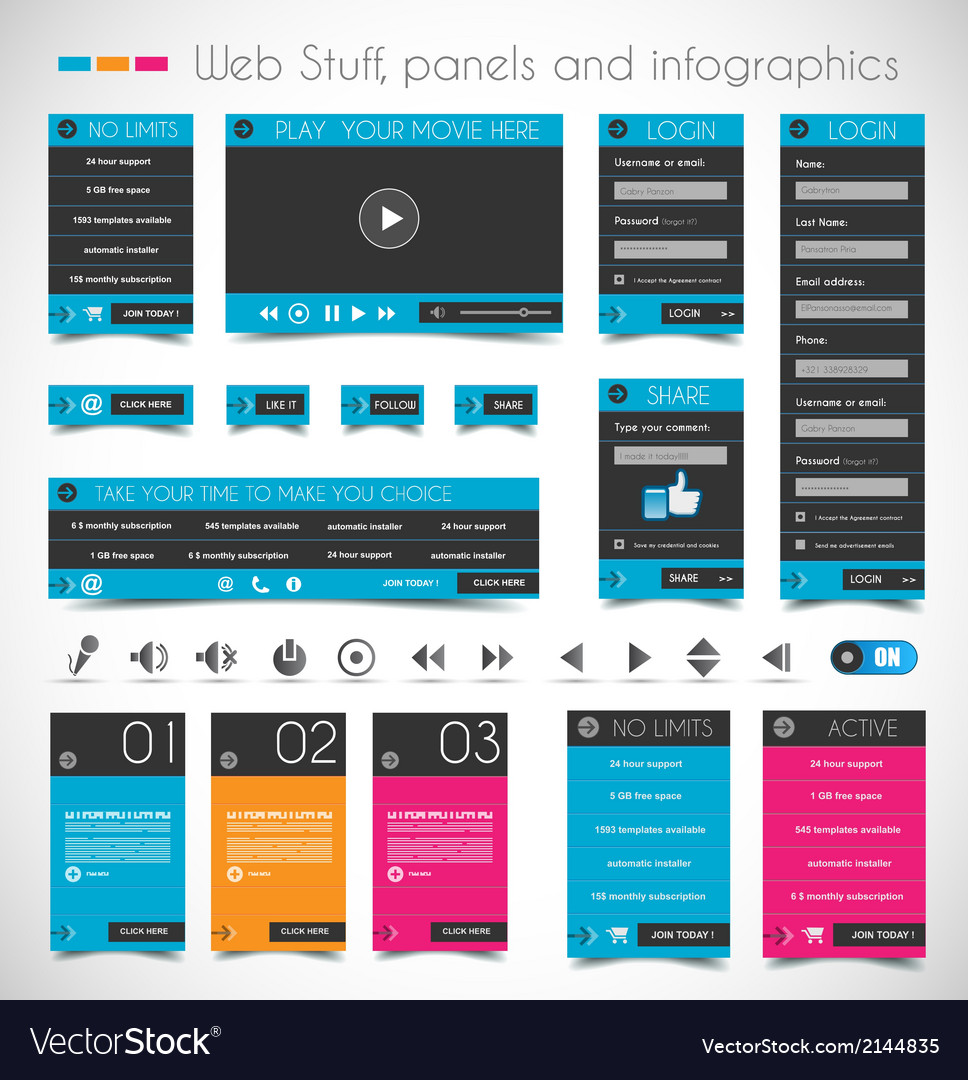Website Layout Basics: Tips For Structure A User-Friendly Website
Website Layout Basics: Tips For Structure A User-Friendly Website
Blog Article
Published By-Wiley Secher
When it involves site layout, making certain user-friendliness is vital. From responsive design to streamlined navigation, every component plays a vital role in creating a site that caters to your target market's needs. But what regarding the better information that can make or break a customer's browsing experience? Remain tuned as we discover some often-overlooked ideas that can raise your website's usability to the following degree, making it really stand apart in the electronic landscape.
Importance of Responsive Design
Receptive design is a vital element of modern site growth. Ensuring your website is receptive means that it can adapt to various screen dimensions and devices, giving a smooth experience for users.
With the boosting use smart devices and tablet computers to access the web, having a responsive design is vital for reaching a broader audience. Digital Marketing Agency Careers assists in improving user experience by making your site easy to navigate and keep reading any device.
In addition, responsive design can favorably affect your search engine rankings, as search engines like Google focus on mobile-friendly web sites. By having a receptive design, you're additionally future-proofing your internet site, as brand-new gadgets with varying screen dimensions continue to arise.
Simplify Navigation Structure
To boost user experience and facilitate very easy access to information on your site, improving the navigation structure is critical. When making your website, focus on developing a clear and user-friendly navigation food selection that aids site visitors find what they're looking for quickly.
Limit the number of food selection items to the basics, grouping associated web pages with each other to avoid overwhelming individuals. Use descriptive tags that plainly indicate the material of each web page, making it much easier for users to understand where each link will certainly take them.
Consider implementing dropdown food selections for subcategories to prevent jumbling the primary navigation bar. In addition, consist of a search bar prominently on the web page for users that choose searching for details info.
Focus on mobile responsiveness in your navigation style to make sure very easy gain access to on all tools.
Maximize Web Page Load Speed
Improving web page lots speed is essential for retaining site visitors on your website. Slow-loading web pages irritate users and can cause high bounce rates. To maximize page tons rate, start by maximizing photos. What Is Digital Marketing Company without jeopardizing high quality to decrease their data sizes.
Furthermore, enable internet browser caching to keep often accessed resources in your area, speeding up lots times for returning visitors. Minify CSS, JavaScript, and HTML documents by getting rid of unneeded characters, comments, and format, enhancing tons speed.
Consider using a content shipment network (CDN) to disperse your site's material throughout several servers worldwide, minimizing latency for individuals accessing your website from different areas. Last but not least, limit the use of third-party scripts and plugins, as they can dramatically affect tons times.
Verdict
In conclusion, by integrating receptive design, simplifying navigation, and optimizing web page lots rate, you can develop an easy to use website that interest a larger audience and enhances individual experience. why not try these out make sure that site visitors can quickly accessibility and navigate your website across different tools, causing increased involvement and complete satisfaction. By concentrating on these crucial facets, you can develop a successful internet site that keeps customers returning for even more.
